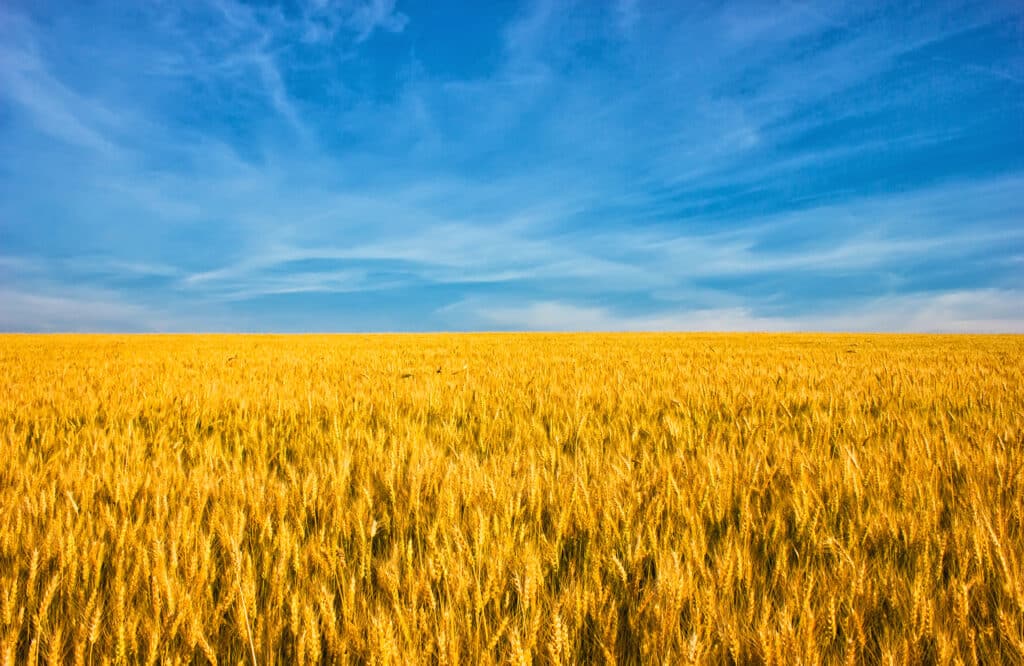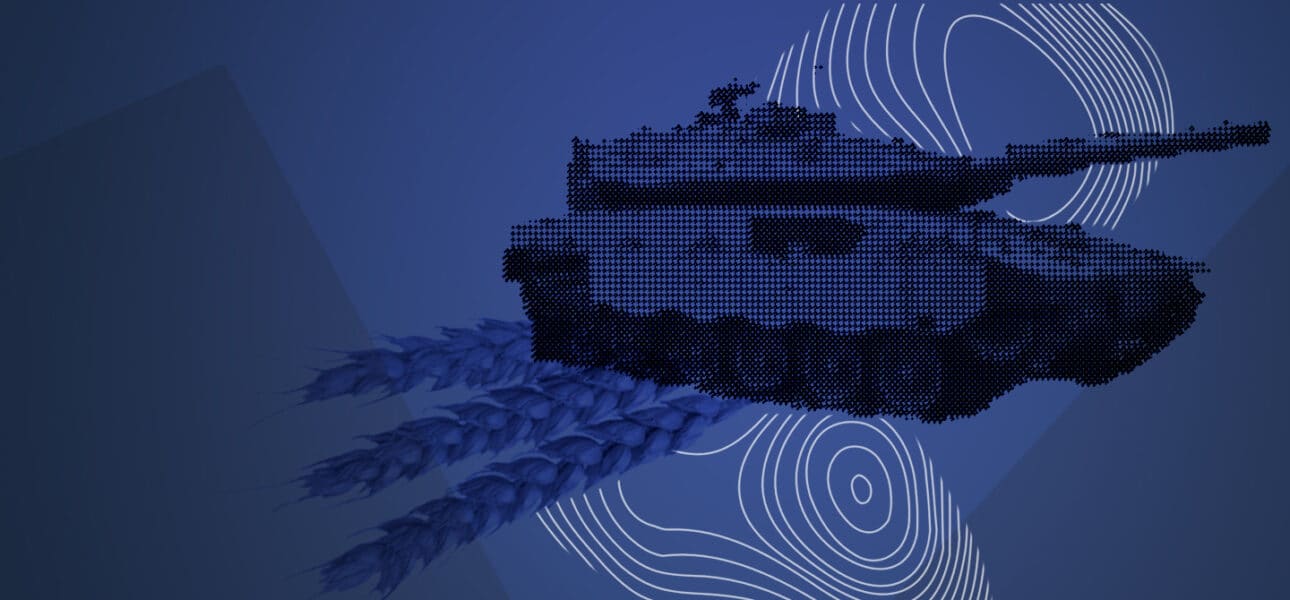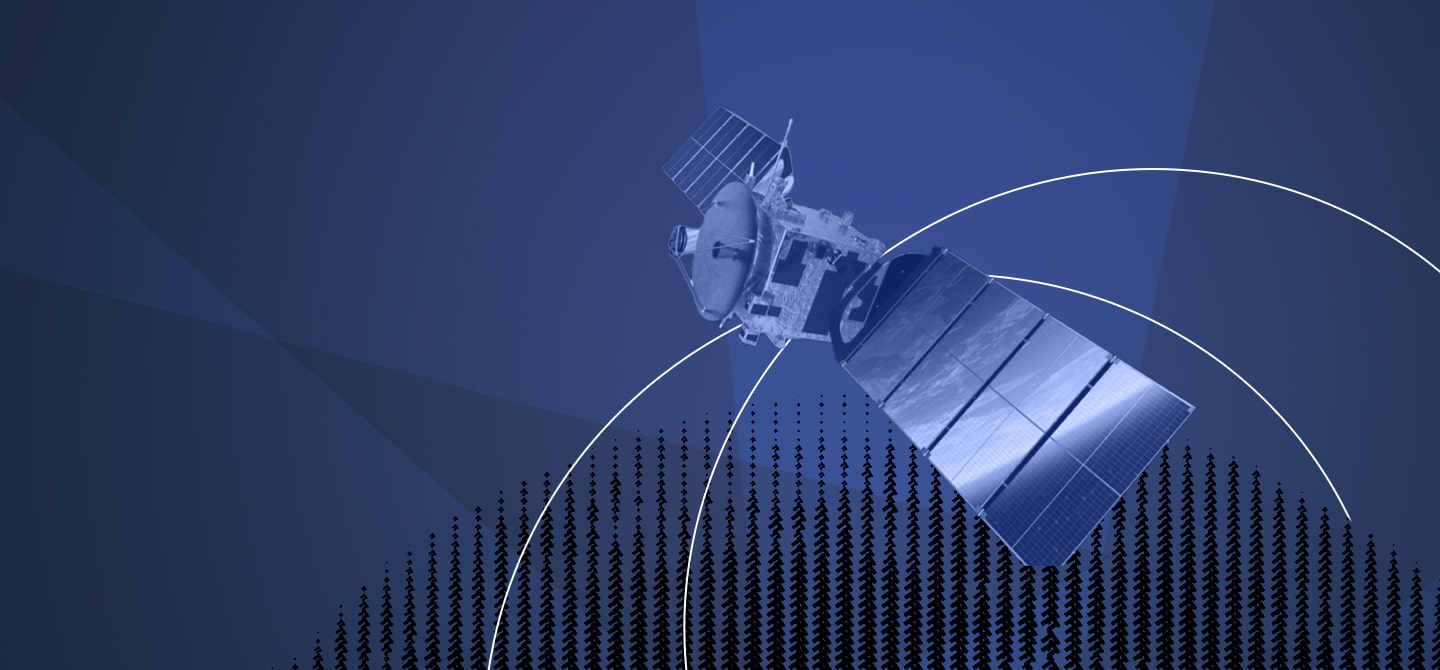At the end of 2024, you published a study evaluating the impact of the war in Ukraine on wheat crops1. Can you give us the details of the results?
Ahmad Al Bitar. We calculated wheat crop yields using satellite data in two regions: Poltava, an area far from the front; and Kherson, which was invaded by the Russian army. In 2022 (the year of Russia’s invasion of Ukraine), wheat yields in the Kherson region fell by 20% compared to previous years: the amount of dry biomass (the amount of organic matter) decreased from 9.7 tons per hectare (t/ha) in 2020 and 2021 to 7.8 t/ha. In the Poltava region, on the other hand, yields remain stable: this demonstrates the negative impacts in areas invaded by the Russian army. This affects the food security of many countries, since Ukraine was the world’s 5th largest wheat exporter in 2021.
Why did the Russian invasion have an impact on agricultural yields?
There are two distinct ways in which it has had an effect. Firstly, access to plots of land is limited due to the presence of Russian troops. This hinders agricultural practices such as tilling the soil, fertilising and irrigation. The other impact concerns human and material resources. Farmers may fall victim to the war or be recruited to the front. And material resources such as fertilisers or means of transporting wheat are affected by the war.
Our work does not allow us to disentangle the different causes; further studies combined with validation data will be necessary. Here we demonstrate that it is possible to quantify the impact of war within agricultural plots, at a resolution of 10 meters and over large areas. This work is carried out using satellite observations and modelling, and therefore without going into the field: this is unprecedented.
What is the purpose of assessing the impact of the war within the plots?
Agricultural practices homogenise crops to optimise yields. Here, on the contrary, we observe heterogeneity of biomass within the plots. They look like plots left in their natural state. We assume that the lack of agricultural practices explains this drop in yield in the Kherson region.
What type of satellite data enabled you to obtain these results?
We mainly used data from Sentinel‑2, satellites launched as part of the European Earth observation and monitoring programme, Copernicus. These satellites carry optical instruments, which provide high-resolution images of the Earth in the visible spectrum (the equivalent of photographs) and near-infrared. They make a complete circumnavigation of the planet every five days.

One of the crucial features of the Copernicus programme is its commitment to the continuity of long-term observations. The other crucial point is that the data is free of charge for scientists and private applications. This makes it possible to capitalise on the knowledge acquired in order to transfer these new methodologies to other regions of the world.
Why is this satellite data important?
It is of course very difficult to carry out field studies in war zones. Previous studies have identified significant disruptions in the wheat distribution chain, but it is difficult to determine the cause because multiple factors may be involved, such as the destruction of transport infrastructure, increased fertiliser prices and population displacement. Our study makes it possible to assess the direct impact of the Russian invasion on crop growth.
In general, satellites are the tools of choice in disaster situations. There is an international Charter on Space and Major Disasters that coordinates the space response to disasters. Space agencies, governments and private companies can mobilise their satellites to focus on the affected areas and provide data to emergency services and decision-makers.
How do you manage to calculate the yields of plots from satellite images?
Two preliminary steps are necessary. The first consists of correcting the satellite images for the effects of the atmosphere and clouds using the MAJA tool from the French space agency CNES. The second step aims to identify the wheat plots. It is carried out by the company Kermap using artificial intelligence.
The AgriCarbon-EO processing chain is then applied. It integrates remote sensing data and agronomic modelling to provide wheat production maps with a resolution of 10 metres. AgriCarbon-EO is the result of ten years of research and development at CESBIO. All the tools were validated in various European contexts before being transferred to Ukraine.
Could the drop in yield observed in the Kherson region be explained by other factors, such as the climate?
Veronika Antonenko. From the start of the study, we identified the importance of verifying the impact of the weather. By comparing the weather in 2020, 2021 and 2022 with the climatology of the last forty years, we found that the conditions were within the norm in our two study areas. This allowed us to exclude the weather as an explanatory factor for this drop in yield.








